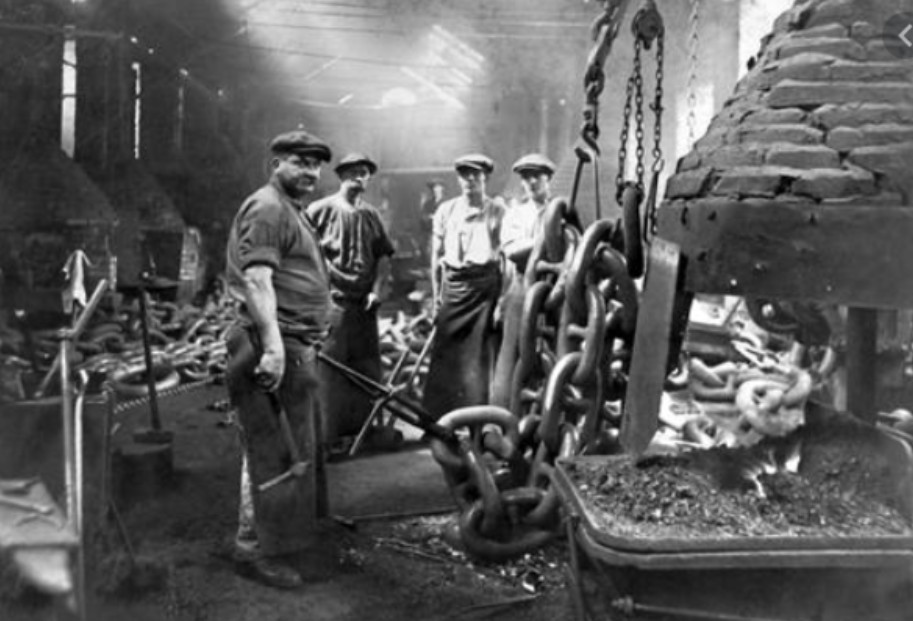Understanding “What Is Health and Safety at Work Act 1974?” is essential for every worker, employer, and business owner in the UK. This landmark legislation serves as the foundation for workplace safety, ensuring that employees operate in a safe, hazard-free environment. Over the years, this Act has influenced countless safety regulations and remains a crucial part of UK labour laws.
In this blog, we will explore the Act in depth, covering its history, key provisions, impact on modern workplaces, legal responsibilities, enforcement mechanisms, and future implications. Whether you are an employer looking to ensure compliance or an employee seeking to understand your rights, this guide will provide valuable insights.
Why Is the Health and Safety at Work Act 1974 So Important for UK Workplaces?
The Health and Safety at Work Act 1974 is more than just a law—it is a framework designed to protect workers, the public, and businesses from preventable risks. This Act is significant because:
- It sets clear legal obligations for employers to maintain a safe work environment.
- It establishes the Health and Safety Executive (HSE), the UK body responsible for enforcing health and safety regulations.
- It applies to nearly all workplaces across different industries, ensuring universal workplace protection.
- It evolves with time, adapting to modern work environments, including remote work and digital safety concerns.
This Act remains the most comprehensive and influential piece of safety legislation in the UK.
The History and Evolution of the Health and Safety at Work Act 1974
What Led to the Creation of the Act?

Before 1974, workplace safety laws in the UK were fragmented, industry-specific, and insufficient. The rise of industrialisation led to an increase in workplace accidents, prompting the need for a single, unified safety law.
Key events that shaped the Act:
- Pre-1970s Workplace Hazards: Many workers were exposed to unsafe conditions, toxic chemicals, and dangerous machinery.
- Increase in Workplace Injuries: A growing number of industrial accidents and fatalities led to public demand for change.
- Government Inquiry & Robens Report (1972): A review of workplace safety recommended a unified legal framework.
- Introduction of the Act in 1974: Based on the Robens Report, the UK government passed the Health and Safety at Work Act.
Since then, the Act has undergone modifications to keep pace with modern safety requirements.
What Are the Main Responsibilities Under the Act?
The Health and Safety at Work Act 1974 outlines responsibilities for various workplace stakeholders:
1. Employer Responsibilities
- Provide a safe working environment with minimal risks.
- Regularly evaluate workplace risks to detect and address potential hazards.
- Provide comprehensive safety training to equip employees with essential protective measures.
- Maintain equipment and facilities to prevent workplace accidents.
- Have clear emergency procedures in place for fire safety, first aid, etc.
- Report serious workplace injuries and illnesses to authorities.
2. Employee Responsibilities
- Follow safety guidelines and report potential hazards.
- Wear appropriate safety gear when required.
- Cooperate with the employer’s safety measures and training programs.
- Avoid reckless behaviour that could endanger themselves or others.
3. Role of the Health and Safety Executive (HSE)
- Enforce the law through inspections and penalties.
- Investigate workplace accidents and incidents.
- Guide businesses on safety compliance.
The Act ensures that employers and employees are responsible for maintaining a safe work environment.
Impact of the Act on UK Workplaces Today
How Has the Act Changed Workplace Safety Over the Years?

Since its introduction, the Health and Safety at Work Act 1974 has significantly improved workplace safety in the UK. It has led to a sharp decline in injuries and fatalities, stricter industry regulations, and increased employer investment in training and health initiatives. With one of the lowest workplace fatality rates in Europe, the Act has also expanded legal protections to cover stress, mental health, and harassment, ensuring safer and fairer working conditions.
Which Industries Have Been Most Affected?
Some industries require extra attention to health and safety due to the nature of their work. These include:
| Industry | Common Workplace Hazards | Impact of the Act |
| Construction | Falls, machinery accidents, structural collapse | Improved safety gear, scaffolding regulations |
| Manufacturing | Chemical exposure, equipment-related injuries | Enhanced safety training, strict PPE regulations |
| Healthcare | Infectious diseases, patient handling | Enhanced hygiene standards, staff training |
| Retail & Office | Slips, ergonomic injuries, stress | Workplace assessments, mental health policies |
| Transport & Logistics | Vehicle accidents, lifting injuries | Stricter vehicle maintenance, lifting techniques |
How Is the Act Enforced?
What Happens If a Business Fails to Comply?
The HSE enforces the Act, and non-compliant businesses may face:
- Fines and Penalties: Large fines for non-compliance (often exceeding £100,000).
- Legal Action: Prosecution of businesses or individuals responsible for serious breaches.
- Business Closure: Repeated violations can lead to shutdowns.
- Reputational Damage: Negative publicity can harm a company’s image.
High-profile cases have seen businesses fined millions of pounds for failing to uphold safety standards.
Modern Challenges and Future Trends in Workplace Safety
How Is Workplace Safety Evolving in the UK?

The Health and Safety at Work Act 1974 continues to evolve to address modern challenges such as:
- Remote Work Safety
Employers must now consider ergonomics, screen time, and mental health support for remote workers. - Mental Health and Wellbeing
Psychological safety is now a key focus, with stress and burnout being recognised as workplace hazards. - Sustainability and Green Workspaces
Eco-friendly workplaces must balance environmental safety with worker safety.
What Can We Expect in the Future?
AI and automation are enhancing workplace safety, while stricter digital security regulations and tougher penalties for non-compliance ensure better protection. Additionally, there is an increasing emphasis on employee well-being to create a healthier work environment.
Conclusion: Why This Act Matters for Everyone
The Health and Safety at Work Act 1974 remains one of the most significant laws in UK labour history. It has transformed workplace safety, reducing injuries, improving employee wellbeing, and setting a high standard for other countries to follow.
For UK employers, what is Health and Safety at Work Act 1974 is more than a legal requirement—it’s a fundamental responsibility to create a safer, healthier, and more efficient workplace.
Frequently Asked Questions (FAQs)
Who enforces the Act?
The Health and Safety Executive (HSE) is responsible for enforcement, inspections, and penalties.
What happens if a company does not follow the Act?
Non-compliance can lead to legal action, hefty fines, business closures, and reputational damage.
How often should businesses conduct risk assessments?
Risk assessments should be conducted regularly, especially when workplace conditions change.
Does the Act cover remote work?
Yes, modern interpretations of the Act include employer responsibilities for remote workers’ safety.






